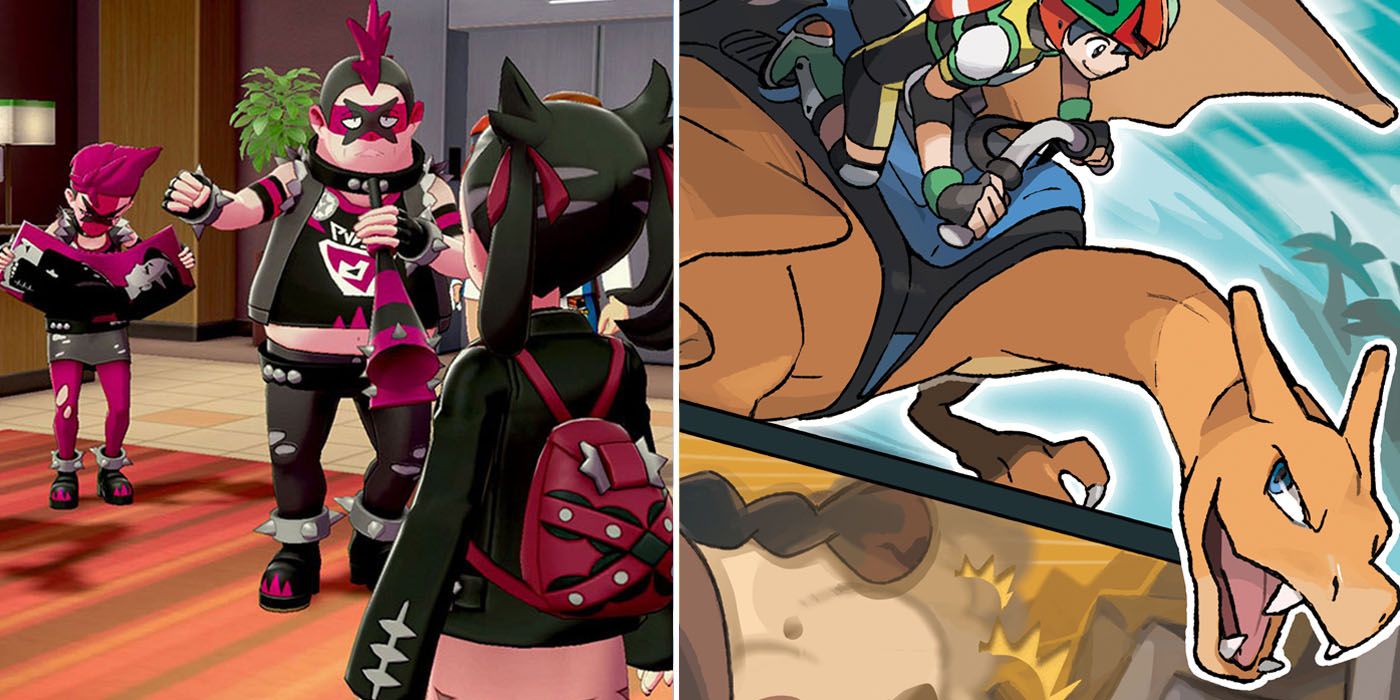
Hidden Machines, more commonly referred to as HMs, are items in Pokémon that are similar to TMs, Technical Machines. They can teach Pokémon a single move, as long as they have an affinity for it. The HM can't be thrown away, and unlike a TM, HMs can be used as many times as a trainer desires.
The moves taught by HMs can be used in and outside of battle, removing obstacles and allowing players to interact with their surroundings in order to get to a different area. These moves also cannot be unlearned, unless the trainer seeks out a Move Deleter. Many of these moves were replaced by alternatives since Generation 7, which has a fair number of pros and cons.
10 Better: Trainers Aren't Forced To Use Certain Types Of Pokémon
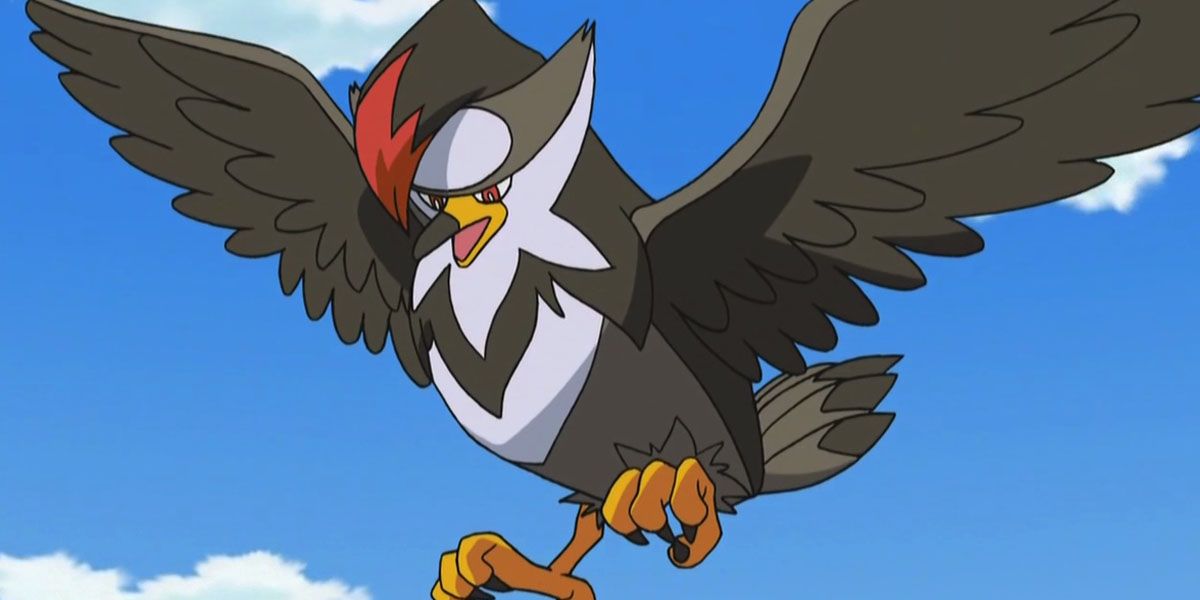
Trainers want freedom when it comes to assembling a team. However, HMs like Surf, Whirlpool, or Fly can only be learned by certain types of Pokémon. This can be detrimental to trainers who don't want Water or Flying-type Pokémon on their team. Without HMs, Trainers don't have to worry about having specific types of Pokémon on their team. For trainers challenging themselves with a Nuzlocke, HMs can be even more frustrating.
9 Worse: Players Aren't Encouraged To Backtrack As Much
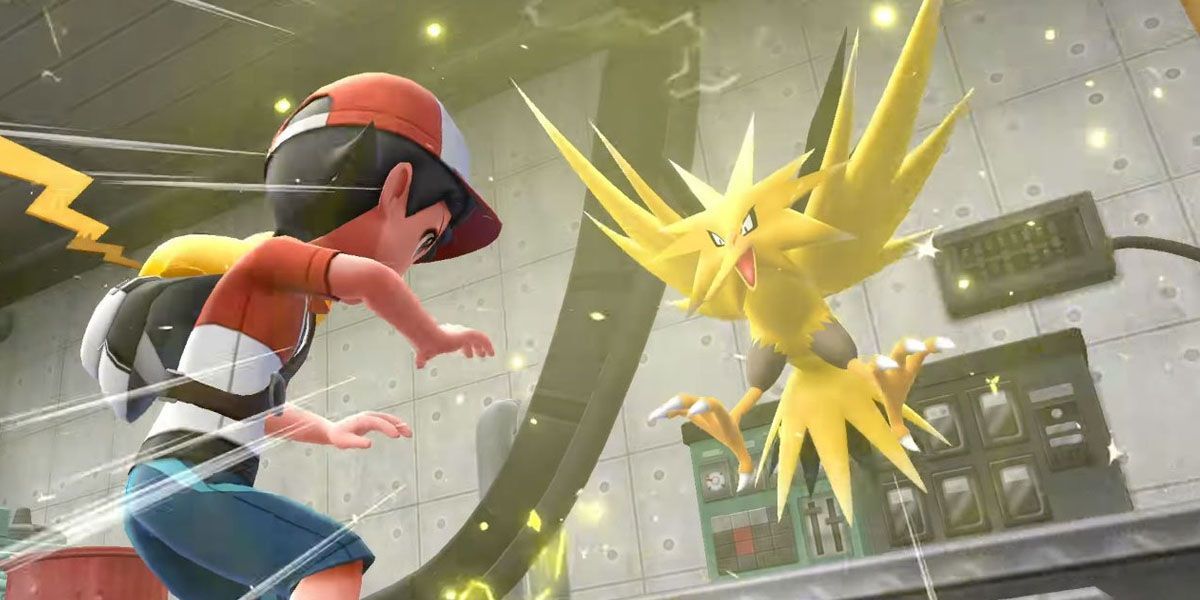
Obstacles, such as trees, rocks, water, or boulders, are meant to keep players from accessing both major and minor areas. Players with a sharp eye often notice obstacles that they missed earlier in the game, and if they so desire, go back in order to clear them. This usually is rewarded with an item. In some cases, it rewards the player with a legendary, as Pokémon like Zapdos can only be reached with Surf. It's a natural and optional way of extending playtime. Without obstacles, the player isn't encouraged to revisit very many areas.
8 Better: There Is No Need To Bring Along A Weaker Pokémon
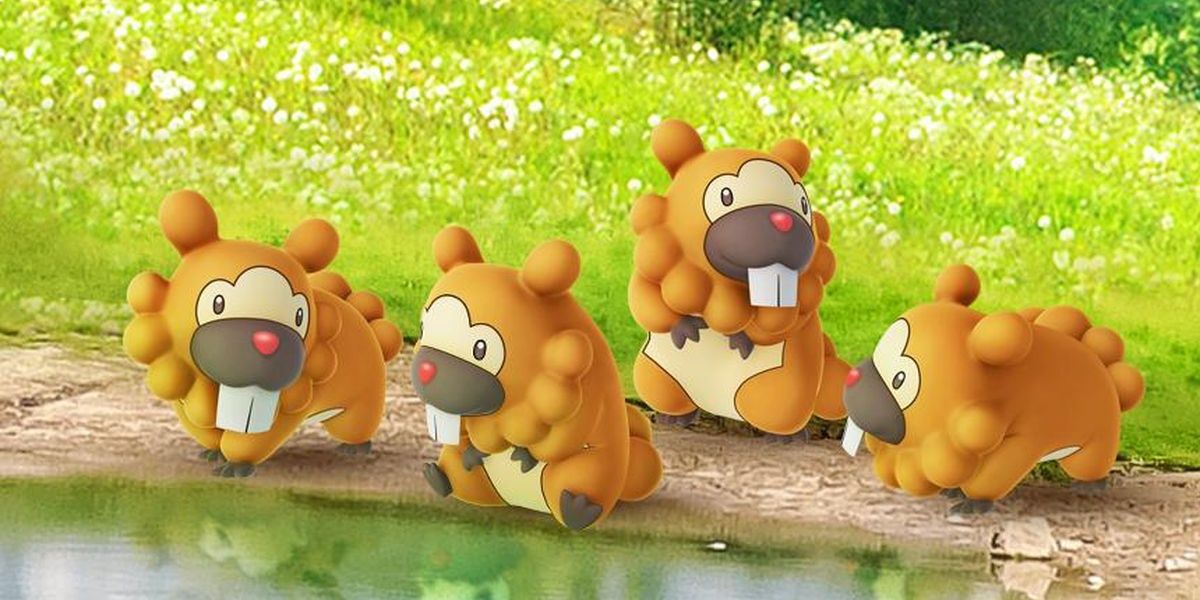
Oftentimes, trainers avoid teaching their good Pokémon any HMs. It makes much more sense to teach the moves to a Pokémon that would otherwise be useless, leading the community to call these Pokémon "HM Slaves". These Pokémon usually aren't kept in the party, but rather, are safely tucked away in a PC. When encountering a roadblock, trainers then have to go all the way back to a Pokémon Center in order to exchange one of their good Pokémon for the one with the right HM move, get past the roadblock, then hope that they find another PC soon so they can get their good Pokémon back.
7 Worse: Recent Games Have More Rival Presence
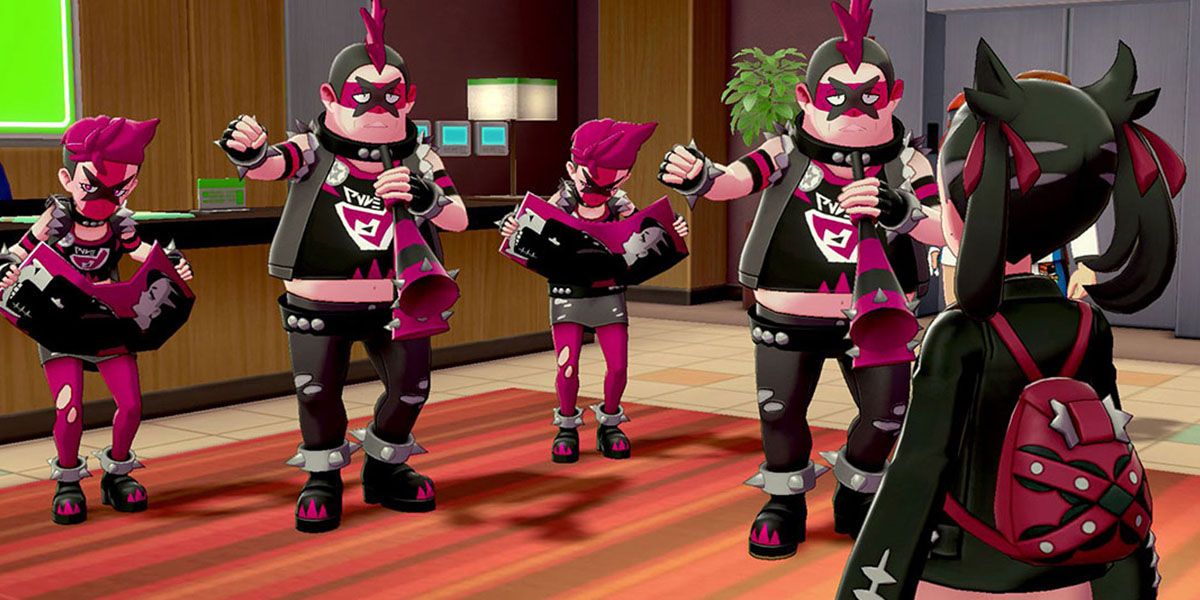
Pokémon: Sword and Pokémon: Shield did not have any obstacles that required HMs to clear, but the new obstacles were much more frustrating to get through. Hop would show up everywhere whether the player wanted him to or not, forcing players to go back to the same Wild Area countless times in order to train their Pokémon. Roadblocks were instead replaced by Marnie's fans, which few fans enjoyed.
6 Better: No Wasted Move Slots
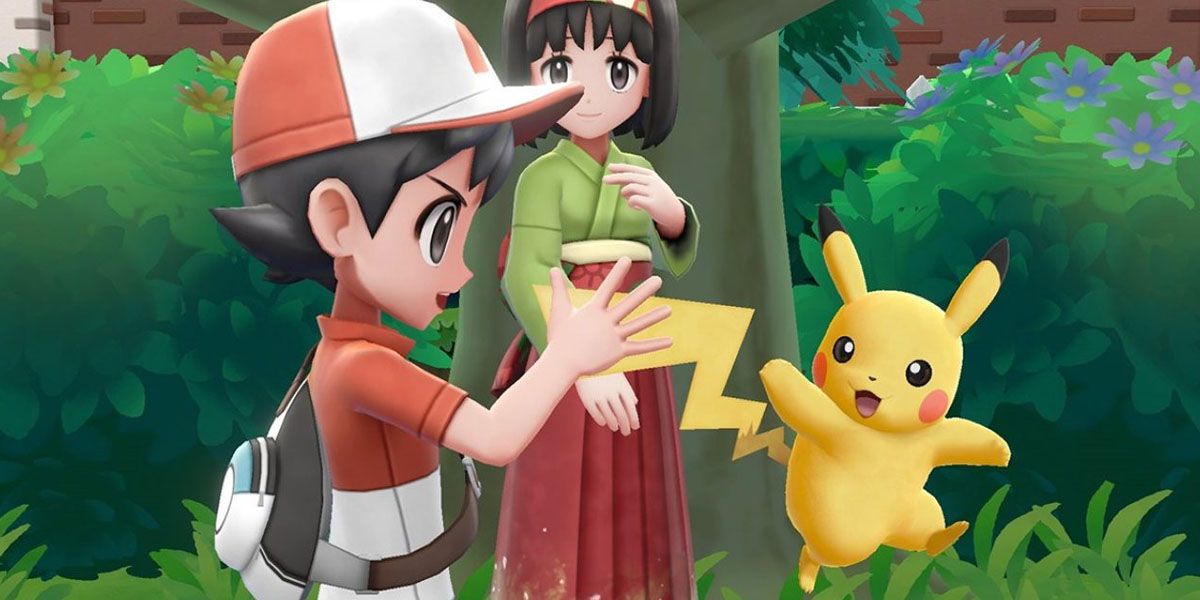
Most HMs are not particularly great. Having Flash on a Pokémon is just like having Sand-Attack permanently taking up one of only four of a Pokémon's moves. It's a non-offensive ability that only lowers accuracy.
RELATED: Pokémon: 10 Most Annoying Moves To Face
Even a move like Cut doesn't do much damage, and there are many other moves that are much better. Players would rather teach their heavy-hitters powerful moves rather than weak ones just to progress through the game.
5 Worse: Other Pokémon Are Borrowed And Used As Transportation
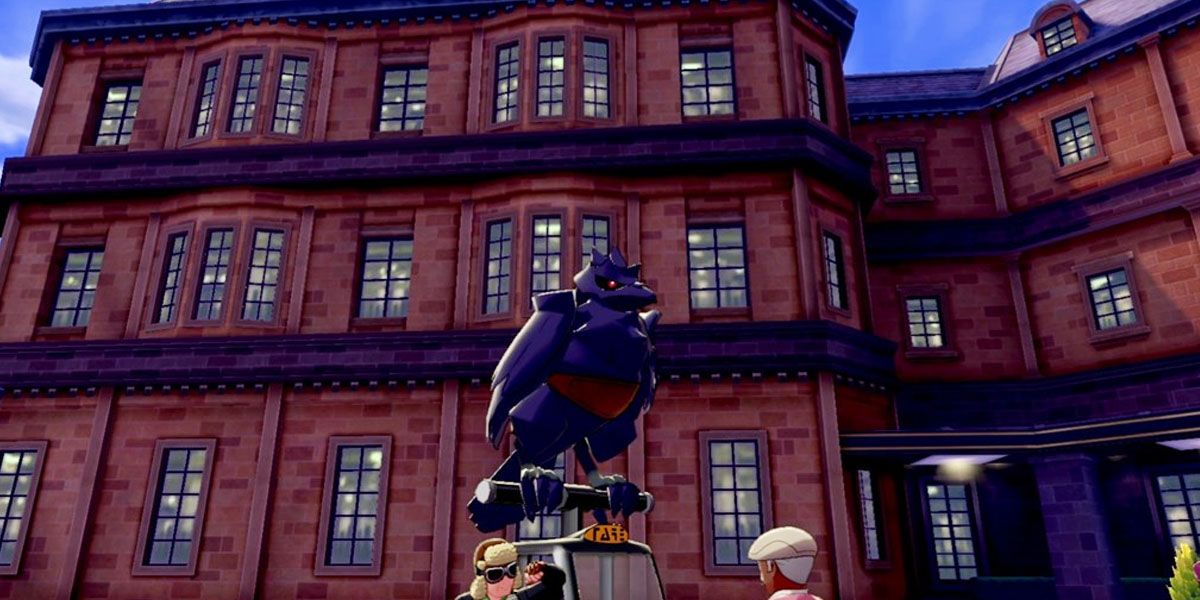
In Alola, Pokémon are trained as different means of transportation. Each of these Pokémon is able to do certain tasks depending on their strengths. These Pokémon can be used in place of items such as the bicycle and are summoned via the Ride Pager. This is extremely convenient, given that these Pokémon make life easier and lowers the wild Pokémon encounter rate, but trainers have no real ownership of these Pokémon. It seems strange to borrow a Pokémon with skills a trainer's party sould realistically have.
4 Better: There Is No Need To Worry About Unlearning HMs
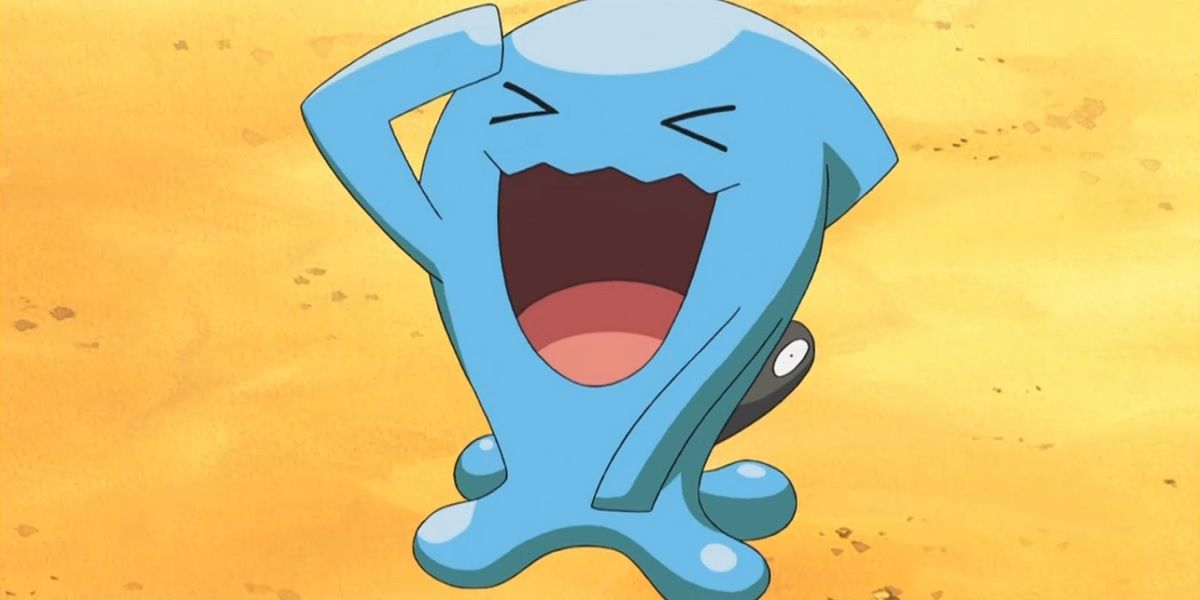
Unlearning HM moves is usually impossible. This can be entirely frustrating for trainers who experience the regret that comes with using an HM on a good Pokémon. There is only one way to get rid of them, and that is by hunting down the Move Deleter.
In many cases, finding him can be a necessity, especially if the trainer wants to transfer their Pokémon to another game. Transferring is practically impossible in many cases if the Pokémon knows an HM move.
3 Worse: The Obstacles Used To Be A Puzzle Or A Challenge
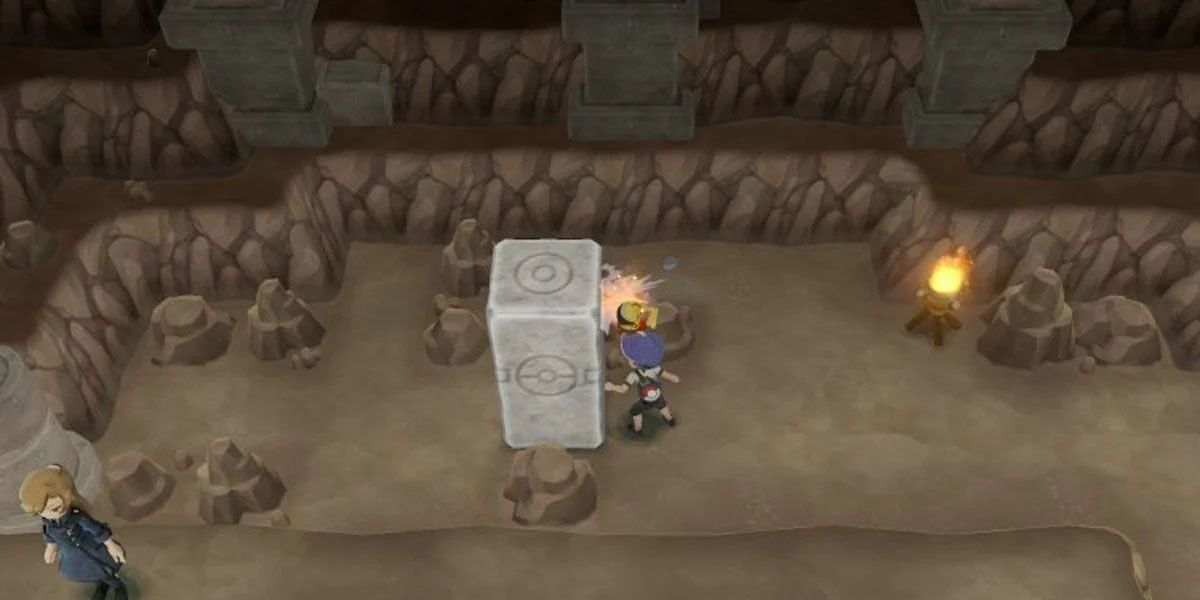
Giant boulders were one of the most common puzzles found in early Pokémon games. Players would enter a room in a cave and would need a Pokémon with Strength in order to move them. They had to be moved a specific way in order to clear a path for the trainer to get through. Some of these boulders would be pushed into holes and would affect other floors. It was a fun minigame that a player had to solve before progressing.
2 Better: The Games Are Allowed To Experiment With Alternatives
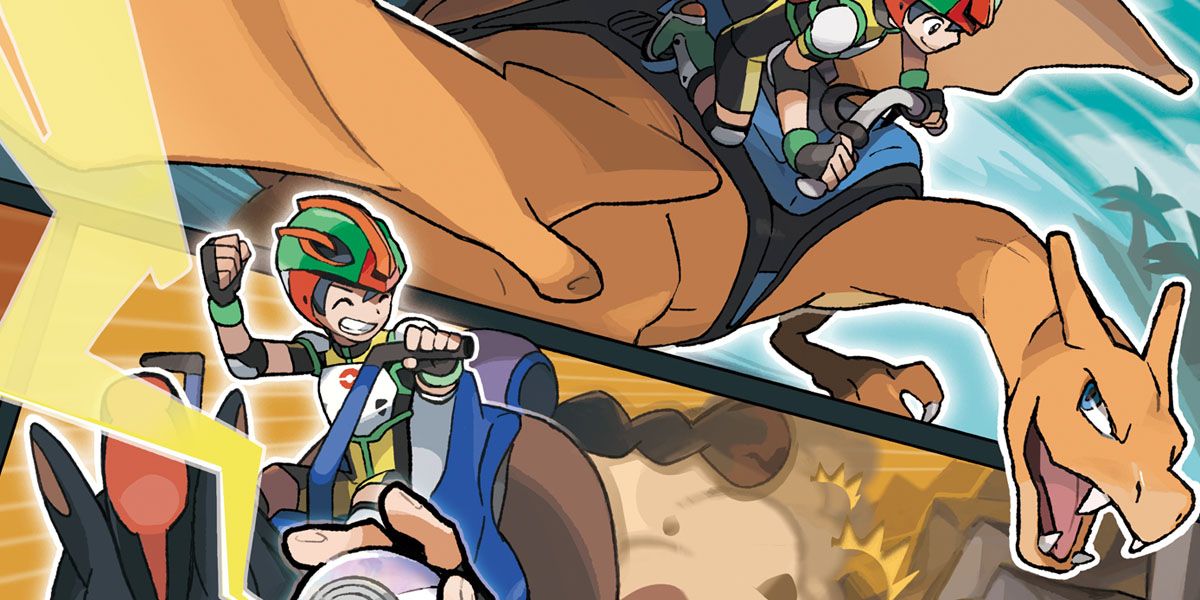
The Pokémon games continue to add different features to newer iterations, understandably wanting to try something fresh and new. Without HMs, future games are allowed to experiment with different ways for players to get past obstacles without relying on moves. Generations 7 and 8 have approached this differently with the Poké Rides and Flying Taxis, and it's very possible that the next generation will do something else as well.
1 Worse: Some Obstacles Had Secrets In Them
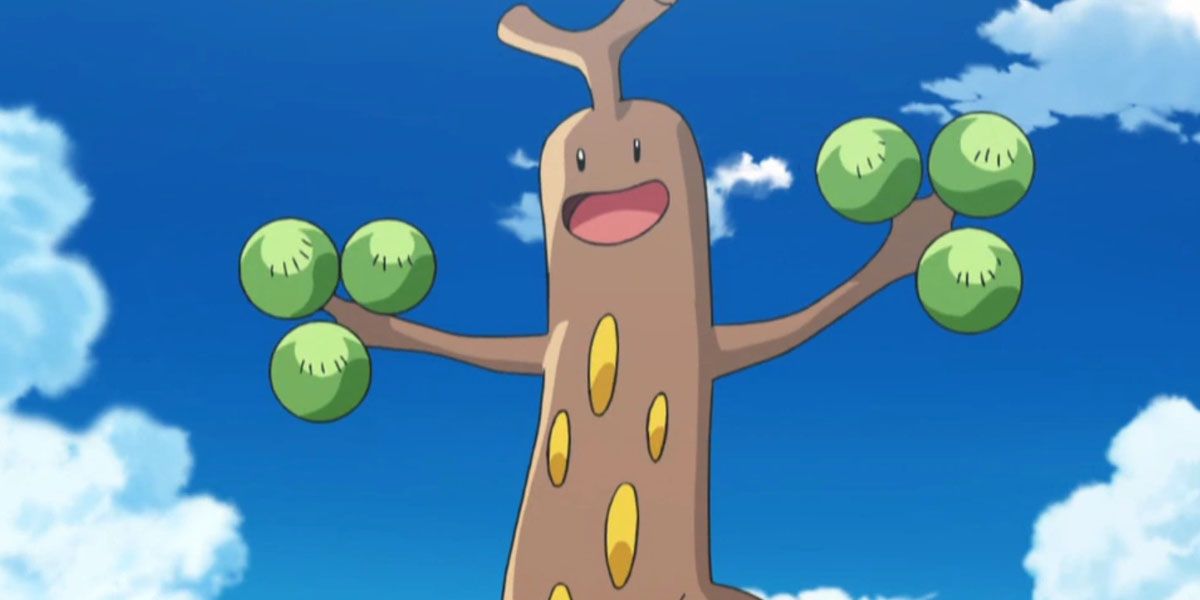
In the earliest Pokémon games, some trees would have items hidden inside of them, while smashed rocks would initiate Pokémon encounters. In the second generation, a Pokémon was disguised as a tree, flipping a trainer's expectations when they realized they couldn't use Cut, but had to get a watering can instead. Although the games can try alternatives to HMs, they are taking away these elements which required players to interact more with their surroundings.
0 Comments